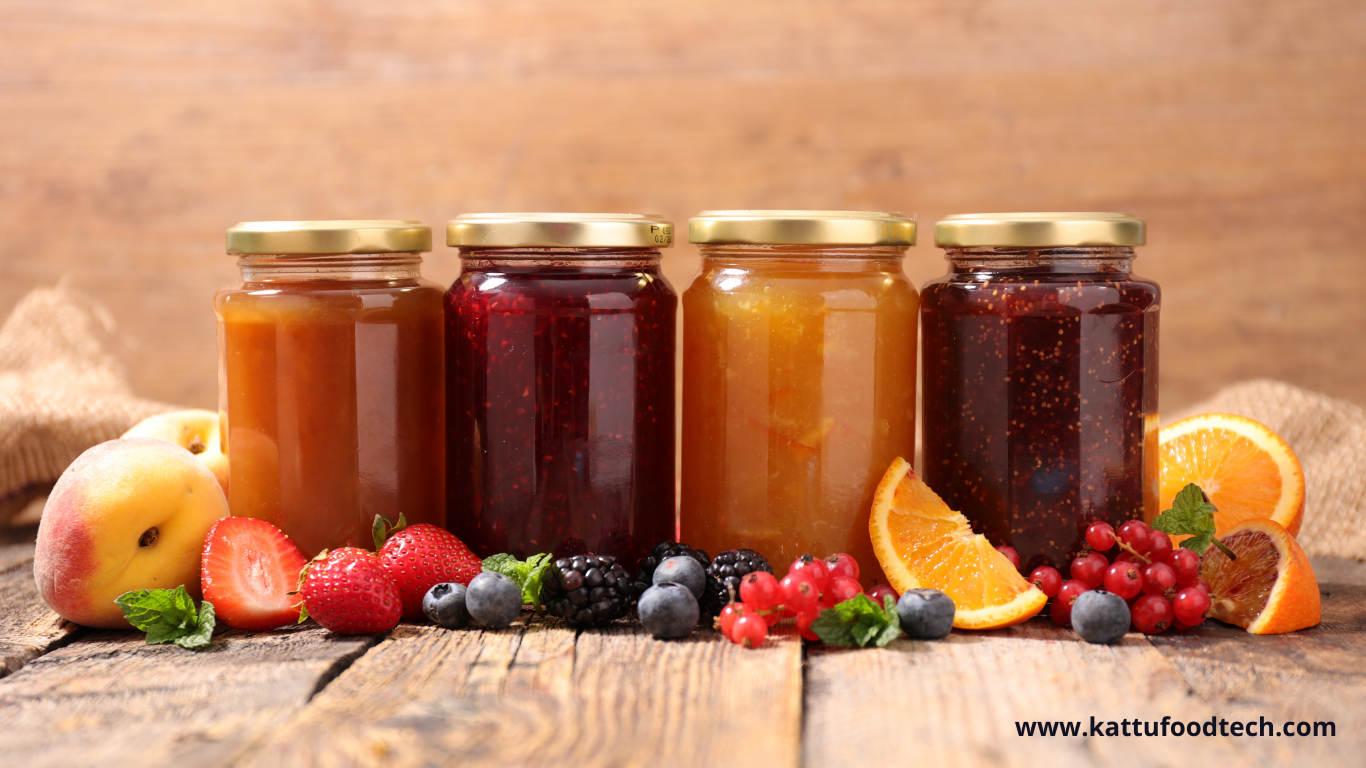Currently Empty: $0

Food Science & Technology Quiz (22-05-2022)
Q1. Parabens are effective in?
- Low acid foods
- High acid foods
- Intermediate acid foods
- All of the above
ANSWER – A. Low acid foods
- Explanation: Preservatives such as parabens are utilized. The parabens, unlike other antimicrobials, are active up to pH 8. Parabens are effective in Low acid foods. They’re found in baked goods, beverages, fruits, jams, syrups, olives, and pickles as mold and yeast inhibitors. Low-acid foods (pH more than 5.0), such as meat and poultry items, benefit from parabens.
READ MORE – Food Science & Technology Quiz (22-04-2022)
Q2. ________ is a polypeptide produced by the fermentation of a modified milk medium by Lactococcus lactis.
- Polypeptide
- Natamycin
- Nisin
- Nitrate
ANSWER: C. Nisin
- Explanation: Nisin, a polypeptide produced by Lactococcus lactis during fermentation of a modified milk medium, is especially efficient against spore-forming gram-positive bacteria. It’s found in processed cheese, dairy goods, canned foods, cured meat, and beer all around the world.
READ MORE – Food Science & Technology Quiz (12-05-2022)
Q3. _______ are substances added to precipitate residual pectin, thus strengthening the supporting tissue and preventing its collapse during processing.
- Firming agents
- Humectants
- Propellants
- Foaming agents
ANSWER: A. Firming agents
- Explanation – Firming agents are substances that are given to the supporting tissue to help precipitate leftover pectin and prevent it from collapsing during processing. Fruits and vegetables include insoluble pectin components that form a hard gel around the fibrous tissues of the fruit, preventing it from collapsing. When calcium salts are added, a calcium pectate gel forms, which supports the tissues and protects them from softening during processing. Calcium salt, in the form of a tablet containing both sodium and calcium chloride, is sometimes added to canned vegetables.
READ MORE – Food Science & Technology Quiz (02-04-2022)
Q4. The stability of an emulsion depends on?
- Droplet size
- Viscosity of the continuous phase
- Quality of the interfacial film
- All of the above
ANSWER: D. All of the above
- Explanation – The stability of an emulsion is determined by the following factors: droplet size: smaller droplets aid in emulsion stability. Homogenization can have an impact on droplet size.
- Continuous phase viscosity: a higher viscosity aids emulsion stability. The addition of hydrocolloids or thickening agents can change the viscosity of the water phase. The film can contain emulsifiers and/or proteins, depending on its quality.
READ MORE – Food Science & Technology Quiz (13-03-2022)
Q5. Benzoates are permitted for use in foods up to a level of _____.
- 0.1%
- 0.2%
- 0.5%
- 0.4%
ANSWER: A. 0.1%
- Explanation – The most efficient antifungal agents are benzoic acid and its sodium benzoate salts. Beverages, fruit items, chemically leavened baked goods, and condiments all include them. They can’t be used in yeast-leavened items since they hinder yeast growth. Potassium benzoate was created to be used in low-sodium foods. Benzoates are allowed in meals up to a concentration of 0.1 percent.
READ MORE – Food Science & Technology Quiz (20-05-2022)

 0
0

